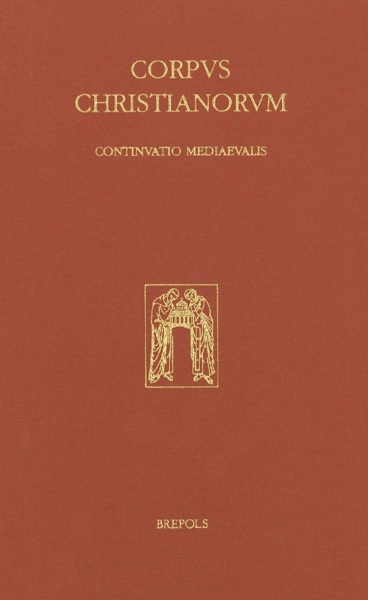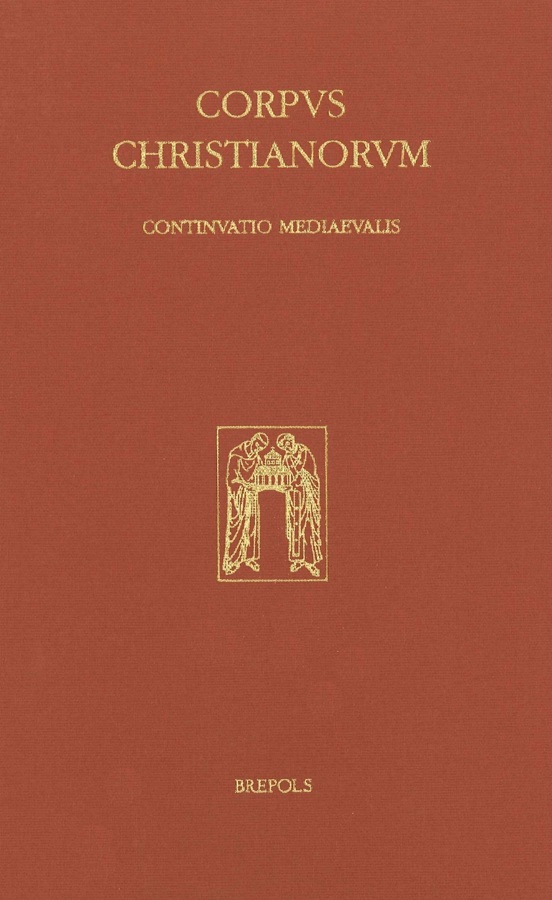
- Pages: 611 p.
- Size:155 x 245 mm
- Language(s):Latin, French
- Publication Year:2008
- € 305,00 EXCL. VAT RETAIL PRICE
- ISBN: 978-2-503-05241-0
- Hardback
- Available
On 16 September 2022, Professor R.B.C Huygens, until 1997 professor of Medieval Latin at the University of Leiden (The Netherlands), passed away at the age of 90. What Professor Huygens has achieved as a text editor is generally acknowledged to be the nec plus ultra, to quote the motto printed on his obituary. With his passing a magister of the ars edendi has undoubtedly been taken from us.
Ever since the publication of a pioneering study by Ernst Dümmler in the Berlin Sitzungsberichte of 1890, the commentary on the Gospel according to St Matthew by Christian, a teacher at the Benedictine abbey of Stavelot-Malmedy, has continuously attracted a great deal of interest. With the exception of only a few scholars, who had access to a manuscript, most others had to base their studies on Migne, PL 196, cols. 1261-1504. That text reproduces the editio princeps of 1514, which was produced by the well-known humanist Jakob Wimpfeling in Strasburg. In his much-used work De scriptoribus ecclesiasticis Sponheim’s famous abbot Trithemius first mentions another name by which Christian was to become known, viz. Druthmar(us). Though occasionally adopted by authors and compilers of catalogues of manuscripts, this other name was more generally assumed to have been imagined by Trithemius himself; but although it certainly is not authentic, it really does appear in a fifteenth-century manuscript he may well have perused. The new edition (CCCM 224), which is completed by a section Rariora et notabilia and a set of extensive indexes, is based on no fewer than nine manuscripts and two ancient editions (1514 and 1530, both representing lost manuscripts), and since the commentary must have been written around 865, it is of no small interest that the oldest of all these hitherto unused manuscripts (W, in Wolfenbüttel) dates back to as early as the late ninth century.





